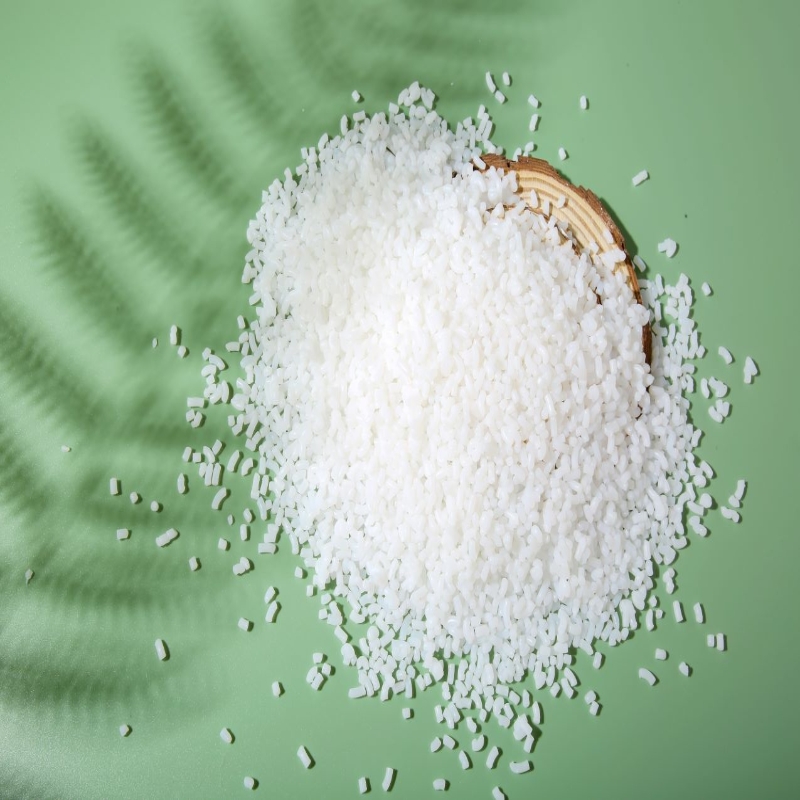-
Categories
-
Pharmaceutical Intermediates
-
Active Pharmaceutical Ingredients
-
Food Additives
- Industrial Coatings
- Agrochemicals
- Dyes and Pigments
- Surfactant
- Flavors and Fragrances
- Chemical Reagents
- Catalyst and Auxiliary
- Natural Products
- Inorganic Chemistry
-
Organic Chemistry
-
Biochemical Engineering
- Analytical Chemistry
-
Cosmetic Ingredient
- Water Treatment Chemical
-
Pharmaceutical Intermediates
Promotion
ECHEMI Mall
Wholesale
Weekly Price
Exhibition
News
-
Trade Service
Cashew phenol and epoxy chloropropane are used to prepare ultraviolet-cured cashew phenol-based monosomes (ECGE) and then cyclooxidized the unsaturatedness in the alkyl side chain of the cashew phenol chain.
After confirming its chemical structure through Fourier Transform infrared spectroscopy and proton magnetic resonance (1H NMR), ECGE was used as a reactive thinner to co-polymerize with castor oil-based polyurethane acrylic (PUA) to prepare a series of UV-curable coatings. The results showed that the viscosity and volume shrinkage of the UV-cured PUA system decreased significantly after the cashew phenol monomer was added, while maintaining a high bio-renewable content
. When ecGE contains 50%, the biomass content reaches 66.2%, 1.41 times that of pure resin. In addition, coating properties are evaluated to determine hardness, adhesion, flexibility and water resistance.
cashew phenol-based coatings with excellent adhesion and flexibility
also uses stretch testing, dynamic mechanical thermal analysis and thermal reanalytical analysis to study the properties of UV-curable thermosolytic plastics. Although the strength of the sheet, the amount of extrusion and the temperature of the glass transition are reduced, the cashew-based coatings show excellent adhesion, flexibility, medium hardness and higher carbon yield. All of this performance can be attributed to ECGE's unique architecture, which combines the structural characteristics of rigid benzene rings with longer flexible alkyl chains. The UV curing behavior was measured using real-time infrared spectroscopy, and the results showed that the conversion rate of unsaturated bonds increased with the increase of ECGE concentration.
the study was published in the Journal of Coating Technology and Research, March 2019, volume 16, issue 2, pp. 499-509.
.







